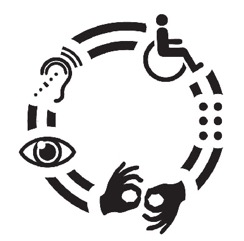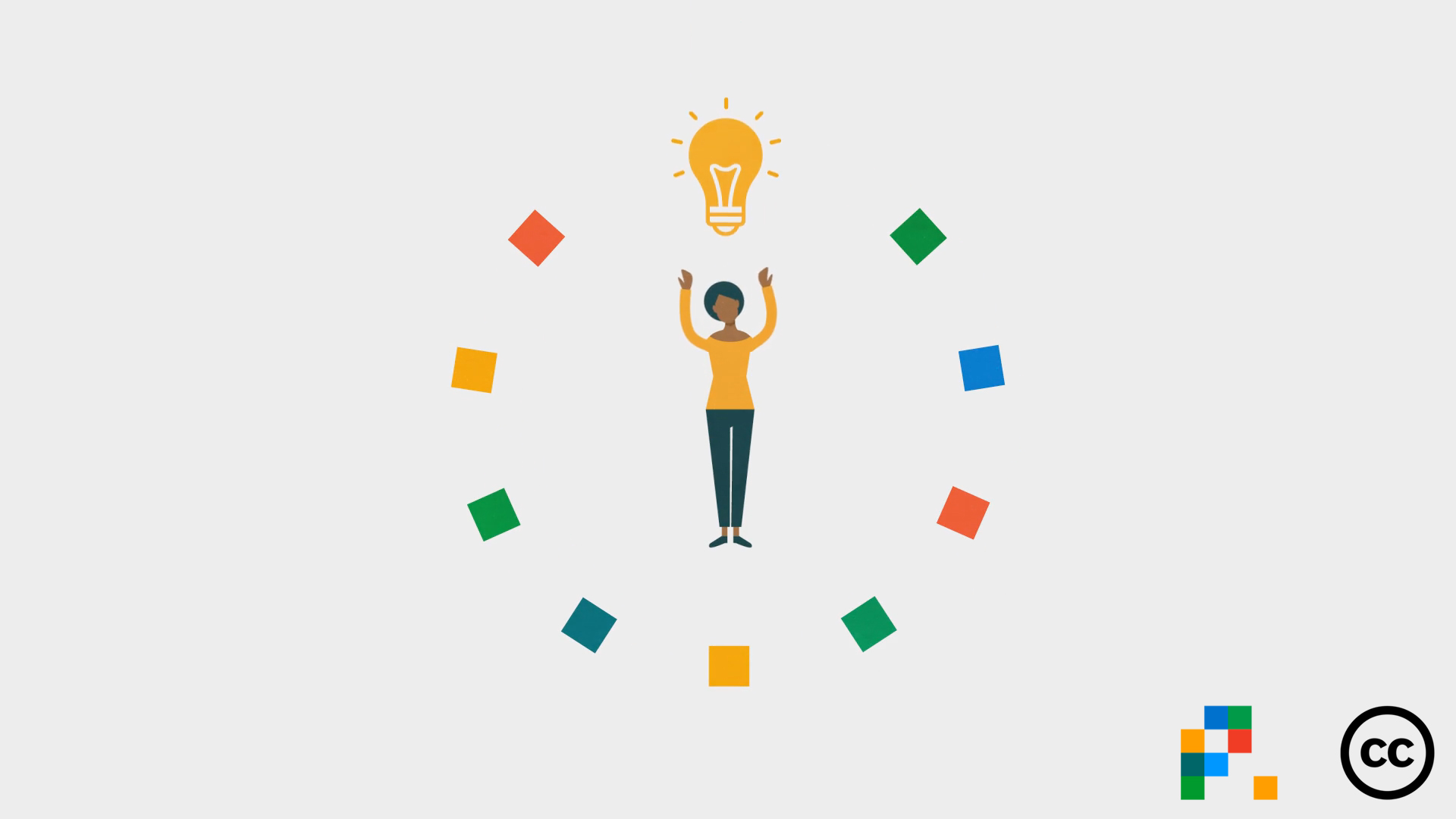Today is International Day of Persons with Disabilities.
Persons with disabilities constitute the world’s largest minority, 80% of whom live in developing countries – an estimated 800 million people. Approximately 20% of the world’s poorest people have a disability. In response to this reality, the United Nations (U.N.) adopted seven disability-related targets (e.g. Targets 4.5, 11.2, 11.7) as part of the new Sustainable Development Goals (SDGs) developed in October 2015. (UN Enable)
Persons with disabilities should therefore be key stakeholders and beneficiaries of any development or humanitarian initiative, and monitoring and evaluation (M&E) systems should be capturing how programs impact them. Below are some resources that outline how technology can act as a tool to facilitate the inclusion of this largely marginalized population in M&E processes.
Core Data
Valuable program or country-specific data about persons with disabilities to collect during M&E may include:
- Disability prevalence, disaggregated by type of disability, age and gender
- Definitions of disabilities to compare to World Health Organization (WHO) and other definitions
- Legal framework
- Policies on segregation, institutionalization or community-based rehabilitation in health, education or penal systems
- Education and employment rates
- Representatives in government and civil society
- Program administration data (i.e. rates and modes of inclusion in an activity, program or organization)
Early and consistent collection of this data is needed to determine where and how M&E can best occur in collaboration with persons with disabilities.
Using global datasets can increase the efficiency of data collection and facilitate comparative analysis. See:
- UN Disability Statistics Database (DISTAT)
- Repository of Disability Surveys and Censuses
- Committee on the Rights of Persons with Disabilities (both qualitative and quantitative data – see state party reports, shadow reports and committee responses)
- The Washington Group on Disability Statistics (provides guidelines for interpretation of disability statistics)
E-accessibility
E-accessibility is a measure of the extent to which a product or service can be used by a person with a disability as effectively as it can be used by a person without that disability.
E-accessibility should be among the criteria for choosing a device for data collection or dissemination. Consulting with local Disabled Persons Organizations (DPOs) can help determine if a tech tool will create barriers or enhance participation.
For example, mobile phones with hands-free, voice command features (think “Siri”) can enhance accessibility. Large print and screen reader compatible formats should be used to collect and provide information electronically to persons with impaired vision, blindness or dyslexia. Visual elements of documents, like photos, should have captions that can be read aloud. Radio or audio recordings deposited with a DPO can make evaluation results accessible across a range of disabilities. Real time captioning, or printing hard copies of the main script of a video or lecture, can increase inclusion of the hearing impaired. Braille printers (often available through a local DPO) can produce reports or surveys for the blind. These technologies enable persons with disabilities to participate independently and confidentially in surveys and other feedback mechanisms.
E-accessible technologies not only enhance M&E processes, but also can be low cost. Some operating systems have built-in automated voice read or Assistive Touch technologies. Software to read aloud or translate documents into Braille on-screen is often free (to read DAISY books, download here). Self-captioning software, such as Overstream and MAGpie, is also widely available for free. Training sessions for DPOs or enumerators on how to use these features or software may be necessary.
The following provide more information on e-accessible tools, methods and procurement:
- Teach ICT: an introduction to how technology can assist participation and key assistive devices
- Information and Communication Technologies for Development: a clearinghouse for resources and commentary on tech tools related to disability and development
- Source: International Online Resource Center on Disability and Inclusion
- Global Initiative for Inclusive ICTs: includes an e-accessibility toolkit
Technology can change an environment that is disabling into one that is empowering by creating channels for persons with disabilities to have an equal voice in the programs that affect them.
Leigh-Ashley Lipscomb is an independent analyst and Adjunct Research Fellow with the WSD Handa Center for Human Rights and International Justice at Stanford University.





